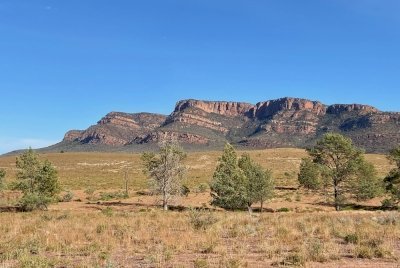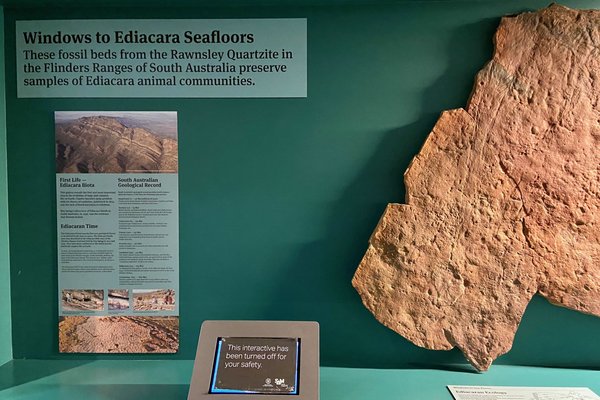Australia
Flinders Ranges
The Flinders Ranges comprises a mountain range that is part of the Adelaide Rift Complex. The geological structure presents the dawn of animal life on Earth via a unique, near-continuous 350 million year succession of sediments.
Site Info
Official Information
- Full Name
- Flinders Ranges (ID: 6524)
- Country
- Australia
- Status
-
Nominated 2027
Site history
History of Flinders Ranges
- 2021: Added to Tentative List
- Added to tentative list
- Type
- Natural
- Criteria
- viii
Links
- UNESCO
- whc.unesco.org
All Links
UNESCO.org
- whc.unesco.org — whc.unesco.org
News Article
- Oct. 30, 2024 phys.org — Scientists discover one of the Earths earliest animals in Australian outback
- April 28, 2023 news.ucr.edu — Australian fossil goldmine opens permanently
Community Information
- Community Category
- Paleontology: Non-hominid fossils
Travel Information
Recent Connections
News
- phys.org 10/30/2024
- Scientists discover one of the Ear…
- news.ucr.edu 04/28/2023
- Australian fossil goldmine opens p…
Community Reviews
Show full reviews
The Flinders Ranges is a well-known tourist destination in South Australia, about a 5 hour drive north of Adelaide in a semi-arid region. It's best known for its beautiful landscapes and hiking, but if you dig further you will discover its important geological records, the reason for this site being added to the tentative list.
Over the years I've visited the region 3 times, firstly as a kid with my family. On my second visit to the region in 2009, we drove along the Brachina Gorge Drive in the north of the park, which has a number of interesting signposted stops to explore the geology of the region. One of the highlights is the Ediacaran Golden Spike, the only such marker point in the southern hemisphere. Unfortunately, though I don't have many photos from this part of my visit.
My third visit to the region occurred in 2021, shortly after the site was added to the tentative list, in between Covid lockdowns. Unfortunately, we couldn't repeat the drive through Brachina Gorge, as it's a rather rough unsealed road and our campervan wasn't up to it. Instead, we were hoping to visit the Nilpena and Ediacara Conservation Park, where the important fossils from the Ediacaran period were found, but due to the lockdowns the tours were not yet up and running. Instead, we supplemented our visit to the region with a visit to South Australian Museum in Adelaide. At the museum there is a Ediacara Biota gallery devoted to …
Keep reading 0 comments
